Why do ships that produce more than a hundred thousand horsepower with their huge masses and engines move so slowly? The simplest answer to the question: Physics.
Huge ships, which are the backbone of today’s commerce, can cover the distances that airplanes can cover in hours in more than a week. Even these tools even slower than the average speed we can reach by bike is advancing at speed.
Moreover, today’s modern cargo ships, over a hundred thousand horsepower can produce. This number is tens of times more than even the most powerful cars. So how is it that ships still move so slowly?
Engines on ships can produce hundreds of thousands of horsepower, but how come they move so slowly?
The answer to this question is actuallyhorsepower per ton” appears when we look at the value. Although the huge engines on the ships produce hundreds of thousands of horsepower, the weight of the ships is just as high; even more so.
However, these gigantic vehicles with a tremendous frictional force is met. Especially the lower part of the loaded ships enters the sea for meters. The area of the ship under the sea also determines the magnitude of the friction force.
Of course, how much this friction force slows down the ship depends on the engine power. The more power the engine produces, the higher the friction force it can resist; can continue to accelerate.
But everything has a limit: This is where the concept of ‘extreme speed’ comes into play:
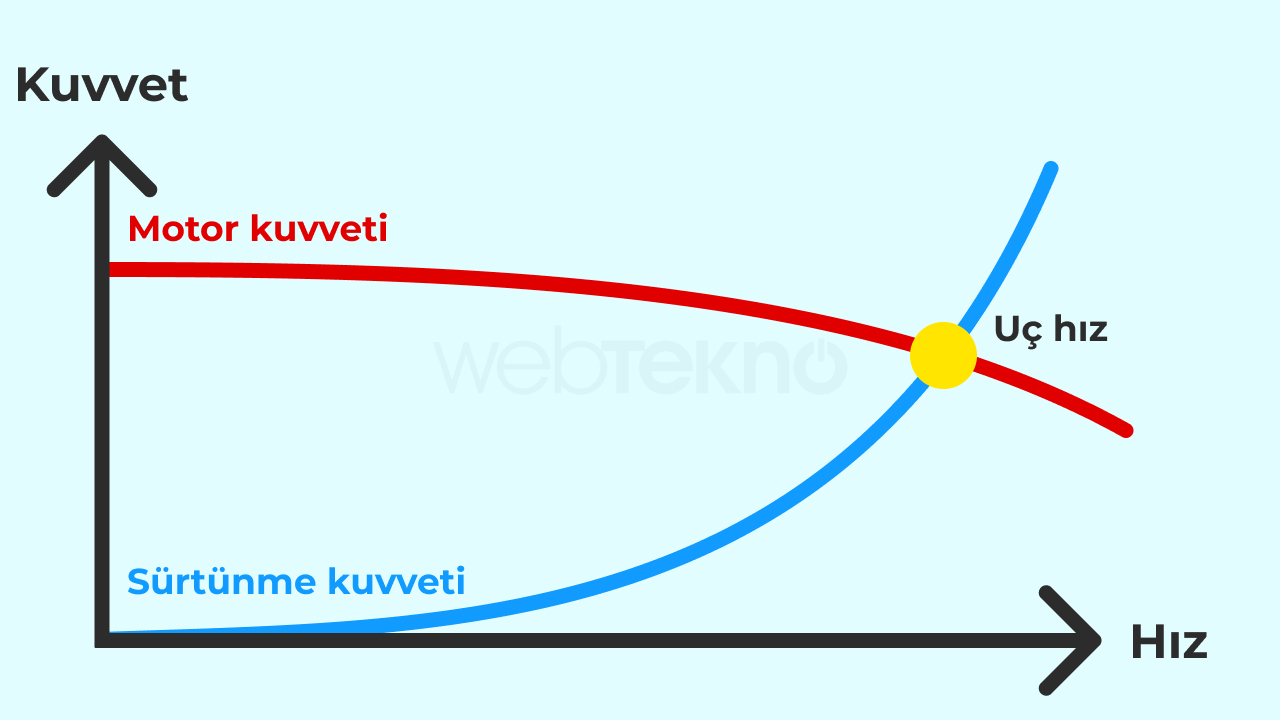
No matter how high you drop an object, its drop rate will not increase forever. But this isn’t just a case when an object is falling. The maximum speed an object can reachdepends on the friction force applied to it with its mass and the push/pull force it exerts.
This is where we connect to the ships. As the power produced by the engine is higher than the friction force, the ship will continue to accelerate. But after a while will reach the highest speed it can reach and it will no longer be able to accelerate.
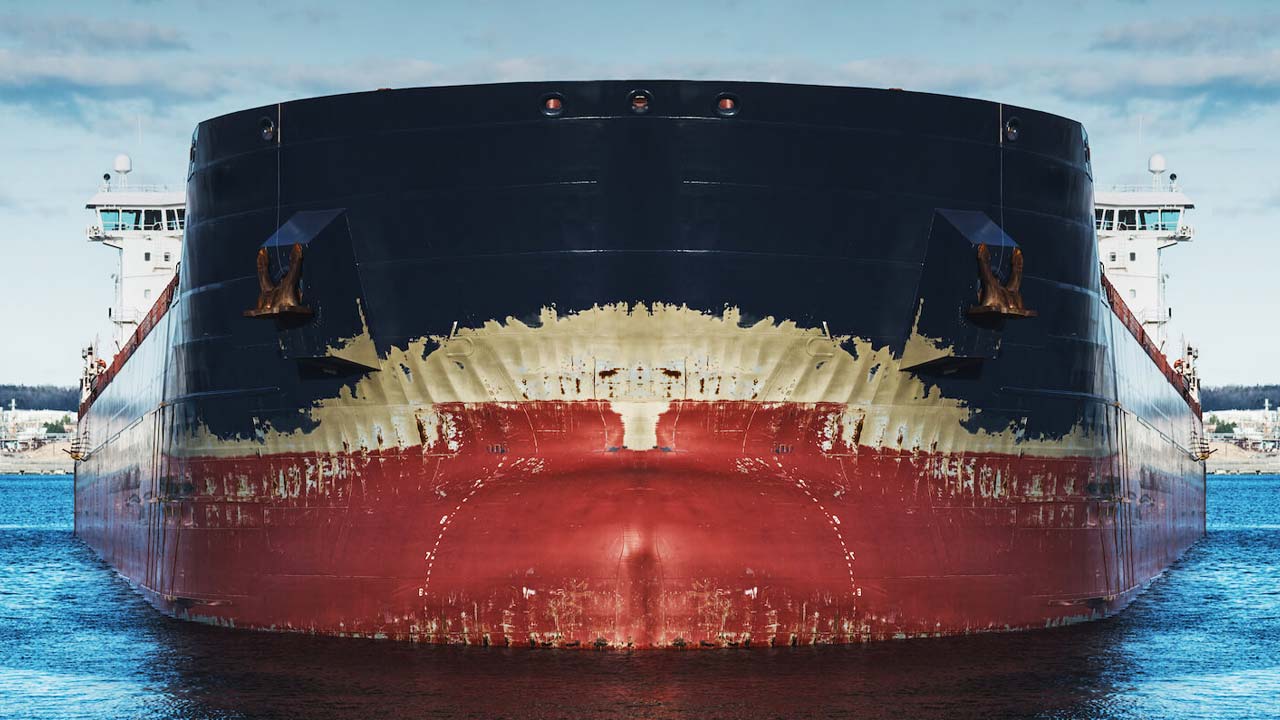
This value is usually ‘ for most large ships in loaded situations (when the red area below the ship is completely submerged).25 knots‘ is happening.
Of course, a ship with the same engine could go faster if it had a smaller hull. As a result, its mass and the area in contact with the water will be lower. Likewise, how loaded the ship is and therefore how much it ‘submerges’ in the water also changes the area where the friction force is applied.
So, how do fast bots achieve high speeds?
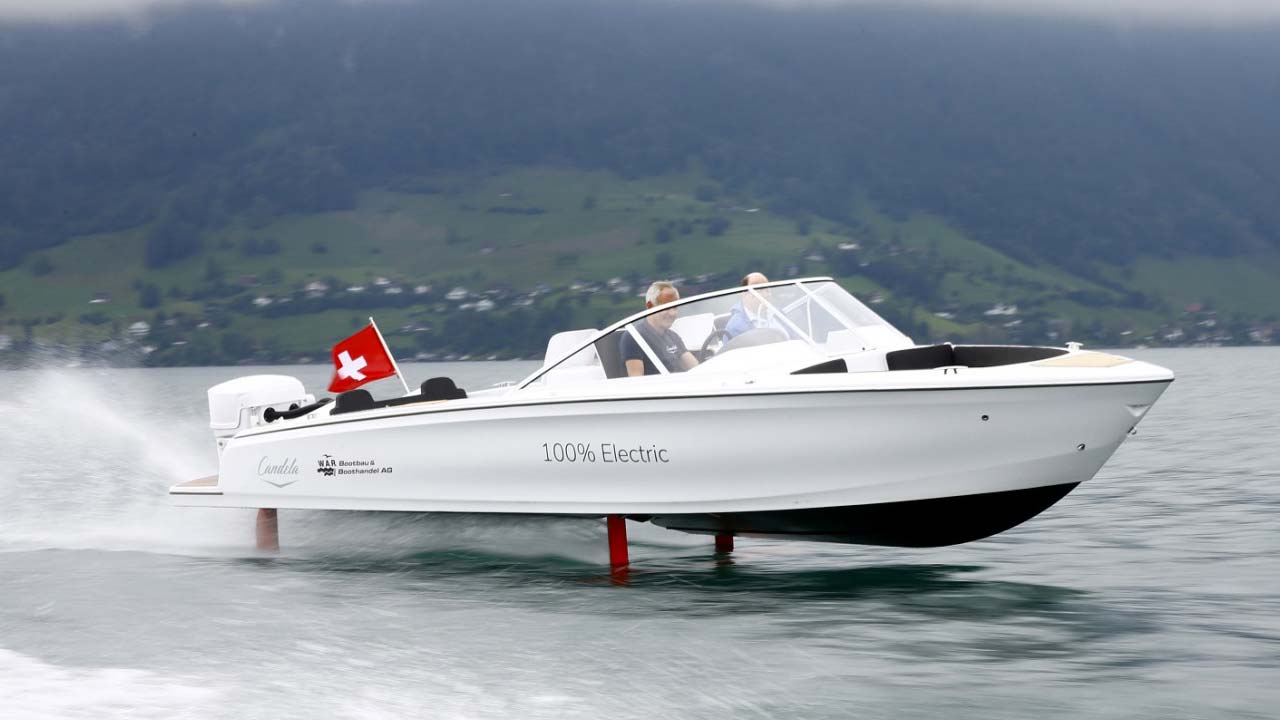
High-speed boats don’t just move fast with high-horsepower engines. The design of these boots also plays a big role. Speedboats carry a design that allows the vehicle to rise above the water as the vehicle accelerates.
In this way, the area of the vehicle in contact with the water and thus the cumulative friction force applied to the vehicle decreases.
What does it take to make ships go faster?
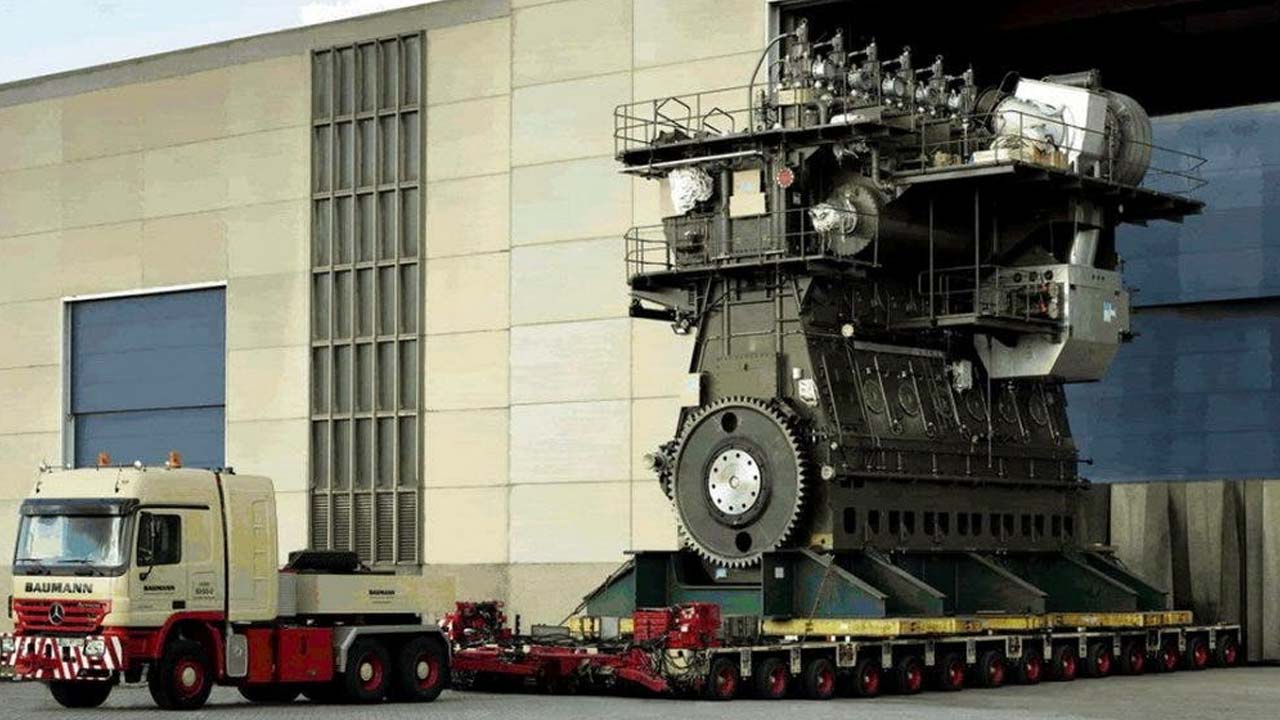
- It’s just one of the engines that moves giant freighters.
First, the engines produce much higher power needs. But even if the power produced is doubled, the speed does not increase by the same amount. Because as the engine power increases, the friction force applied to the ship also increases, as can be seen in the tip speed graph.
Secondly, ships need to have much more innovative, less frictional designs. These designs are not yet applicable on cargo and giant passenger ships. One of the designs applied on some small ships is as follows:
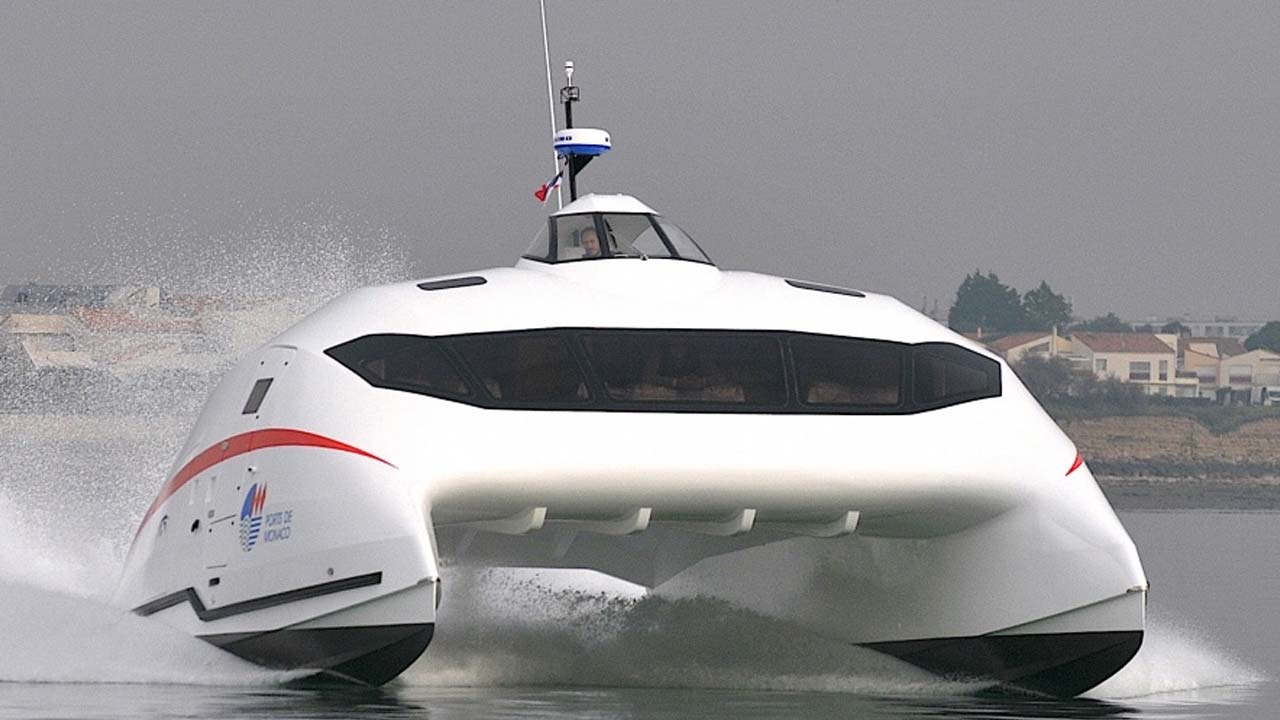
RELATED NEWS
